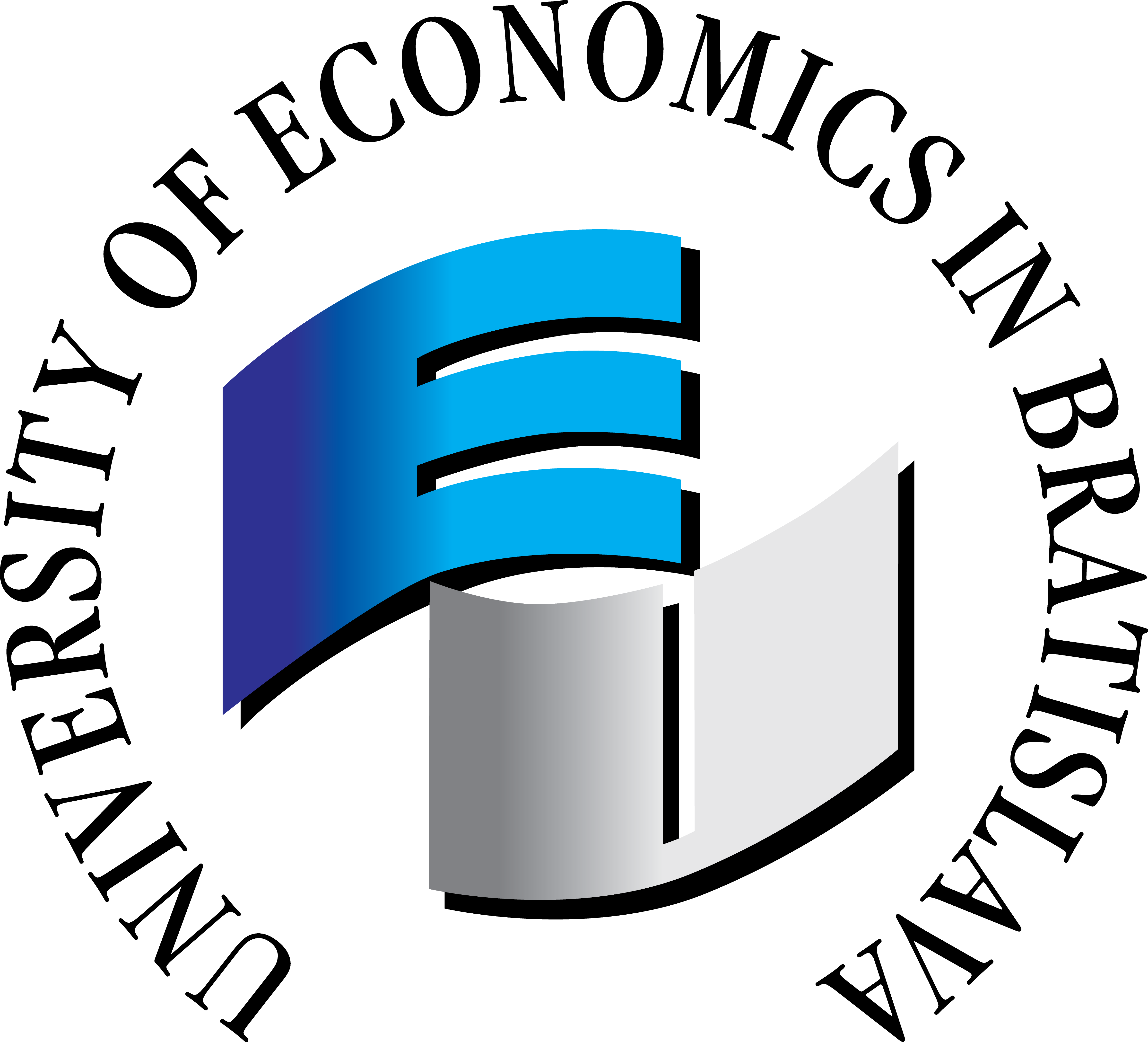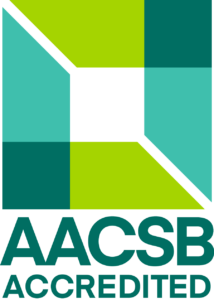Experimental Economics
- Credits: 6
- Ending: Examination
- Range: 2P + 2C
- Semester: winter
- Year: 1
- Faculty of Economics and Finance
Teachers
Included in study programs
Teaching results
Understanding
Distinguishing between causality and correlation
Competence
Critical thinking, identification of alternative explanations of a particular economic phenomenon, ability to ask a research question and answer it
Skills
Designing a laboratory and field experiment to answer a research question, application of experimental methods within an organization or industry to find out what works and what does not.
Indicative content
• Methodology of science, the role of theory, hypothesis testing, the importance of experiments
• Property rights and their impact in economic transactions
• Cooperation – one of two primary challenges in organizations
• Coordination – the second of two primary challenges in organizations
• Punishment and Enforcement of Contracts
• Competitiveness as a source of efficiency
• Market institutions and their impact on market behavior
• Market design
Support literature
Experimental Methods – A Primer for Economists by Daniel Friedman and Shyam Sunder, Cambridge University Press 2004
1. V. Smith, “Markets as Economizers of Information: Experimental Examination of the Hayek Hypothesis,” Economic Inquiry , vol. 20, April 1982, pp. 165-179.
2. V. Smith, “An Empirical Study of Decentralized Institutions of Monopoly Restraint,” pp. 83-106 in G. Horwich and J. Quirk (eds.), Essays in Contemporary Fields of Economics. West Lafayette: Purdue University Press, 1981.
3. V. Smith, “Theory, Experiment, and Economics,” Journal of Economic Perspectives, vol. 3, Winter 1989, pp. 151-169.
4. V. Smith, “Economics in the Laboratory,” Journal of Economic Perspectives, vol. 8, Winter 1994, pp. 113-131.
5 . J. Cox, “On Testing the Utility Hypothesis,” Economic Journal, vol. 107, July 1997, pp. 1054-1078.
Requirements to complete the course
20% class exercise: specifying a research question
40% class project: The primary focus of the course is on applying experimental methods, which can only be done through a project (rather than an exam), hence the 40% weight on the project.
Student workload
Full time 6 x 26 = 156
• Lectures 52 h, tutorials + experiment 26 h, class exercise 6 h, studying for the exam 36 h, class project 36 h
Language whose command is required to complete the course
slovak
Date of approval: 11.03.2024
Date of the latest change: 27.01.2022

